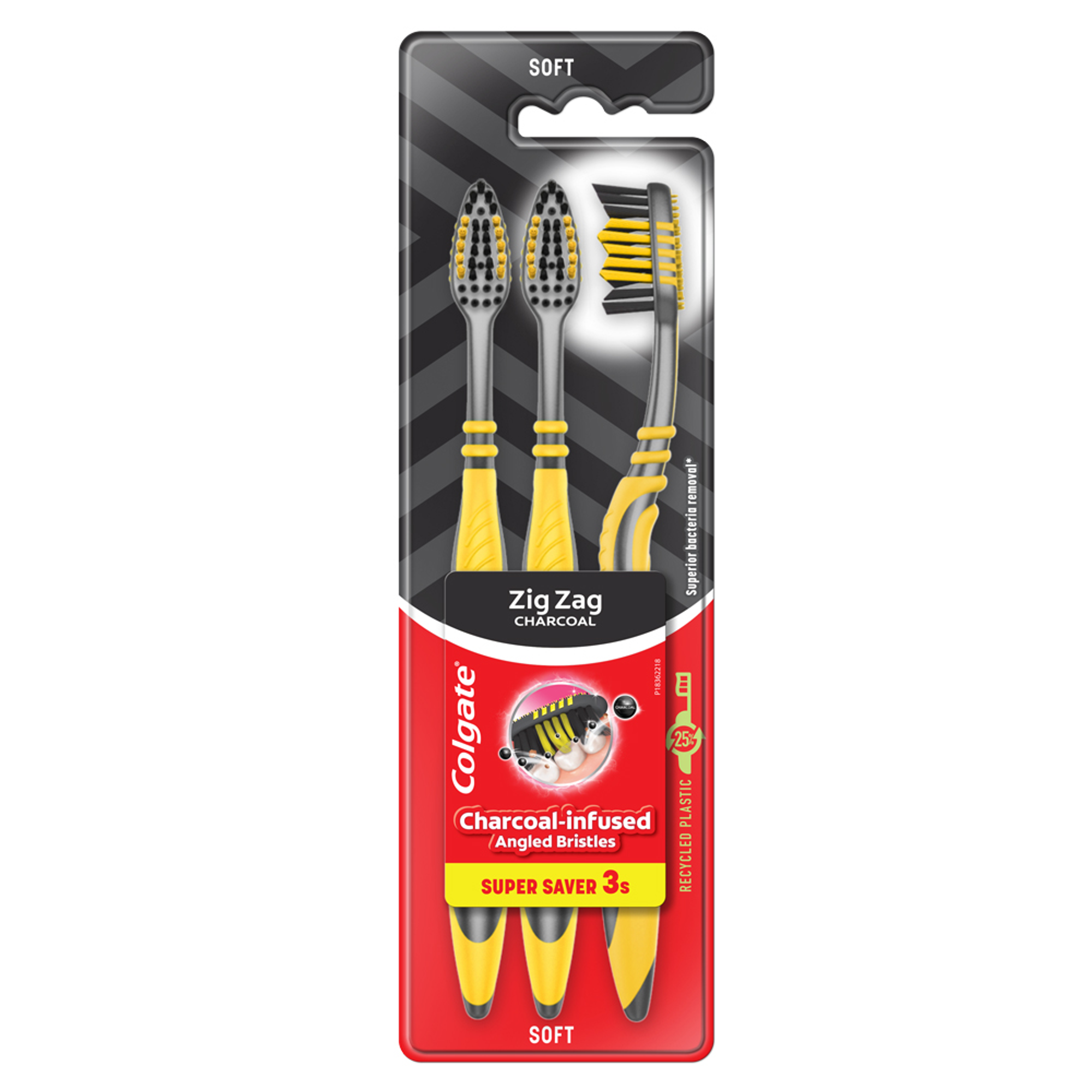- Oral Health and Dental Care | Colgate®
- Oral Health
- Cut On Gums: Causes, Treatment & Prevention


Most people have had their share of scrapes, cuts and bruises; some severe, some not so bad. The mouth is certainly susceptible to its share of injuries as well, such as a cut on the gums.
Gum Cut Causes
A cut gum can happen more easily and unexpectedly than you might think. A slip of the toothbrush is at the top of the list of causes, along with flossing too hard, eating sharp foods (example: a pointed corn chip), or using a non-dental item, such as a toothpick. A lot of gum cuts will heal on their own, but some might need treatment.
Treatment and Healing for Gum Cuts
The soft tissues in the mouth, including the gums, can suffer cuts easily due to their delicate nature. Symptoms of a cut on gums include a laceration and bleeding. The cut might appear to be bleeding heavily, but this could be due to the blood mixing with saliva. Most soft tissue cuts don't require medical attention, but you should rinse your mouth with diluted saltwater or an antiseptic mouthwash. After applying pressure to the cut, ice it to slow the bleeding and minimise discomfort. If the bleeding doesn't subside, it's best to make an appointment with your dentist. If the cut is something that won't heal on its own, you may need stitches to close the wound.
Children and Gum Cuts
If your child suffers a gum cut, the University of Rochester Medical Center outlines some steps to take. Calm and soothe your child so that they know you're there to help. Wash your hands thoroughly, since you'll probably have to put them in your child's mouth to assess the extent of the cut. Rinse the cut and the surrounding area well with cool water and remove any dirt particles to help keep the cut clean. If the bleeding continues, apply pressure using a clean cloth or gauze. You can also try giving your child an ice lolly or ice cube to suck on to minimise the bleeding and swelling.
If the bleeding doesn't stop after five to ten minutes of pressure, get medical attention. Additional reasons for calling a health care professional include:
● If the cut exceeds ½ inch in length.
● If the cut was caused by a puncture wound or rusted object.
● If the injury resulted from a human or animal bite.
● If it appears to be infected.
● If your child hasn't had an updated tetanus shot in the past five years.
Prevention of Cuts on Gums
Sports is one area where mouth injuries, including slashed or punctured gums, can happen in the blink of an eye. A mouth guard is one way to protect against that type of injury.
Mouthguards come in three styles: custom-made, ready-made and boil-and-bite. A dentist can provide a custom-made mouthguard, while a ready-made can be purchased at any sporting goods store. A boil-and-bite mouthguard is a piece of plastic that gets placed in boiling water. Once the plastic is soft enough, you can bite into it to form a mould of your teeth.
Your first and best line of defence when it comes to oral health should be your dentist. Don't hesitate to make an appointment when a concern arises, whether it's a gum injury or a toothache. Your dentist is there not only to perform regular dental treatment, but to diagnose and treat any oral issues.
Related Articles

You're relaxing after a day at work or spending time with your family when you feel a sharp pain in your mouth. If you have a history of dental problems – such as infection in gums, teeth or even cavities – the pain could be related to a dental abscess.There are two types of dental abscess: A periapical, or tooth abscess, affects the root of the tooth. The other type, a periodontal (gum) abscess, affects the gums. The latter usually occurs in severe cases of periodontal disease, when the gums have pulled away from the teeth, causing pockets to form. Both types of abscess consist of small pockets that fill with bacterial pus. With the right treatment, you can recover from either type and regain control of your oral health.


Related Products

Helping dental professionals
More professionals across the world trust Colgate. Find resources, products, and information to give your patients a healthier future










